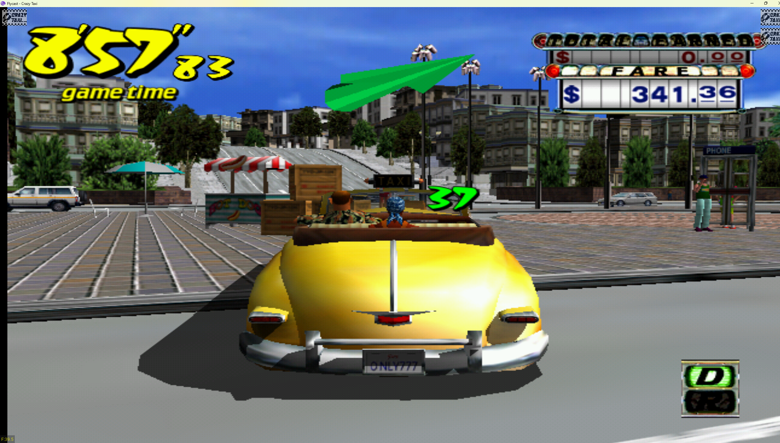
The mobile smartphone wars are over. Everyone won.
At least, in terms of functionality and ease of use. Though I’ve been an iPhone advocate for years, this past week I’ve been using a loaner Nokia Lumia 928 running Windows Phone 8 and, well, I haven’t missed my iPhone. That’s not to say the Lumia is better, or that WP8 is better than iOS. They’re not.
But for most people, most of the time, neither is better in any meaningful sense.
Mark Guim captures this well:
In other words, we may actually be at a point when no mobile phone or platform is “best” in any meaningful sense; that it’s all a matter of price and personal preference.
This shouldn’t be surprising. Despite years of Apple’s iPhone being demonstrably better than Google Android devices, people still bought Android phones in droves. Now that Android has caught up and, in some respects (Google Now, anyone?) surpassed the iPhone, Google is unlikely to relinquish its lead.
Hence, we’re simply not destined to see a market equally split between Apple, Microsoft and Google, no matter Windows Phone 8 growth or any slippage from Android. According to a recent IDC Worldwide Quarterly Mobile Phone Tracker, Android rules the mobile roost, and will for a long, long time.

But for those people who don’t keep score on market share, and simply want a great phone, the good news is that there are few bad choices. While the Lumia 928 is a bit bigger and heavier than I like, many have been buying larger Android devices and prefer them.
There are other things I love about the Lumia and the Windows software running on it.
Pictures, for one, look better. That said, while Nokia makes much of its low-light camera performance, I didn’t find that the camera worked much better in low light than my iPhone. Both were pretty bad.
I also loved the deep integration of Twitter and Facebook into Windows. When I looked at photos, it pulled in Facebook and Twitter updates, making it simple to reply. I’ve been off Facebook for months now, and it was so seamless to reply to friends’ photos that I actually got a few “Wait! I thought you were off FB?” responses. I am. Where Windows ends and Facebook begins is pretty blurred in WP8.

Again, this doesn’t mean you need to dump whatever phone you have and rush out to buy a Nokia Lumia. Or a Samsung Galaxy. Or an Apple iPhone. What it does mean is that you’re unlikely to miss your old phone much if you do choose to switch for whatever reason.
Yes, if you persist in using Apple’s Maps app, you’re going to notice a huge improvement moving to either Nokia or an Android device (or, for that matter, Google Maps on your iPhone). I set Google Maps and Nokia’s Drive+ side-by-side on a trip out to visit my grandparents graves on Saturday and found that while both delivered slightly different directions, both were accurate and got me to the right location. (That said, I was pulling my hair out when the Lumia kept nagging me to slow down. I figured out how to turn off this safety feature and from then on was fine.)
Even music, which has been the primary reason I’ve stuck with the iPhone, automatically synced with Windows using a simple Windows utility. Yes, there were some older Apple music files that Windows can’t move due to DRM restrictions, but most of my music made the transition without a hitch. And given that Nokia phones come with a Pandora-esque all-you-can-eat Nokia Music, not to mention availability of other cloud music offerings like Spotify, some may find the desire to move old music files quaint.
Indeed, the more mobile services move to the cloud, the less lock-in there is on any particular device, and the easier it is to move between operating systems and hardware devices.
In short, the smartphone wars are over. Users won.

















